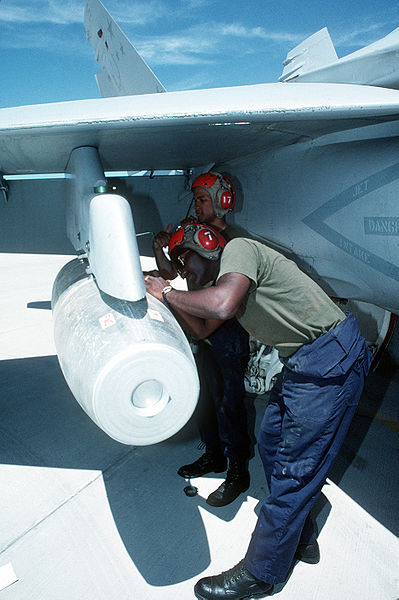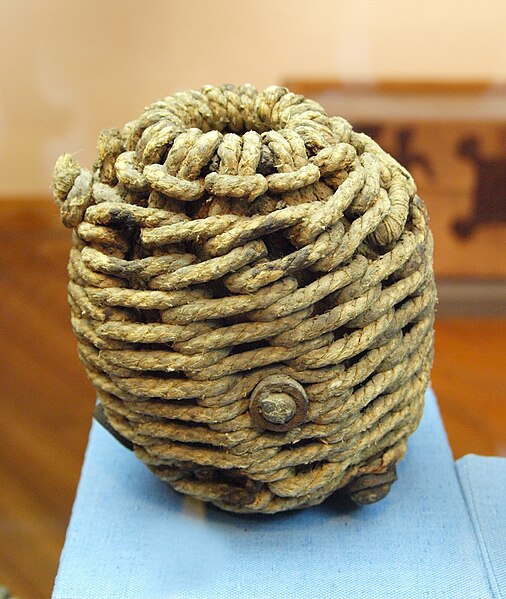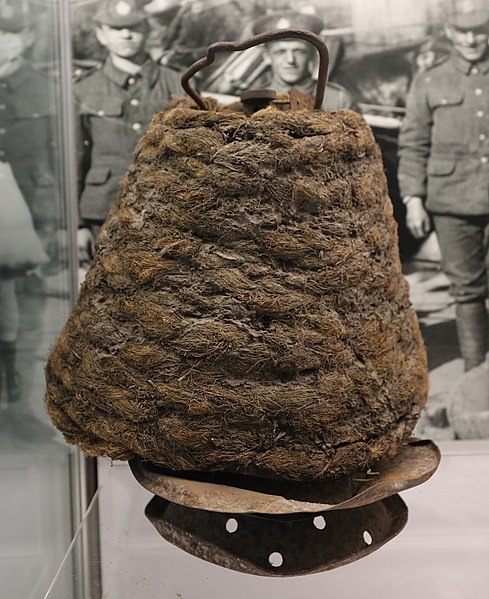Incendiary ammunition is a type of ammunition that contains a chemical that, upon hitting a hard obstacle, has the characteristic of causing fire/setting flammable materials in the vicinity of the impact on fire.
A World War I era Buckingham Incendiary Bullet
Some sectioned shells from the First World War. From left to right: 90 mm shrapnel shell, 120 mm pig iron incendiary shell, 77/14 model - 75 mm high-explosive shell, model 16 - 75 mm shrapnel shell
Incendiary weapons, incendiary devices, incendiary munitions, or incendiary bombs are weapons designed to start fires or destroy sensitive equipment using fire, using materials such as napalm, thermite, magnesium powder, chlorine trifluoride, or white phosphorus. Though colloquially often known as bombs, they are not explosives but in fact are designed to slow the process of chemical reactions and use ignition rather than detonation to start or maintain the reaction. Napalm, for example, is petroleum especially thickened with certain chemicals into a 'gel' to slow, but not stop, combustion, releasing energy over a longer time than an explosive device. In the case of napalm, the gel adheres to surfaces and resists suppression.
Mark 77 napalm bomb is loaded in a June 1993 training exercise onto a US Marine Strike Fighter Squadron F/A-18A Hornet aircraft
A 17th century fire or light ball from Veste Coburg, Germany
An incendiary bomb dropped on Southend-on-Sea in 1916
A German World War II 1 kg incendiary bomb






